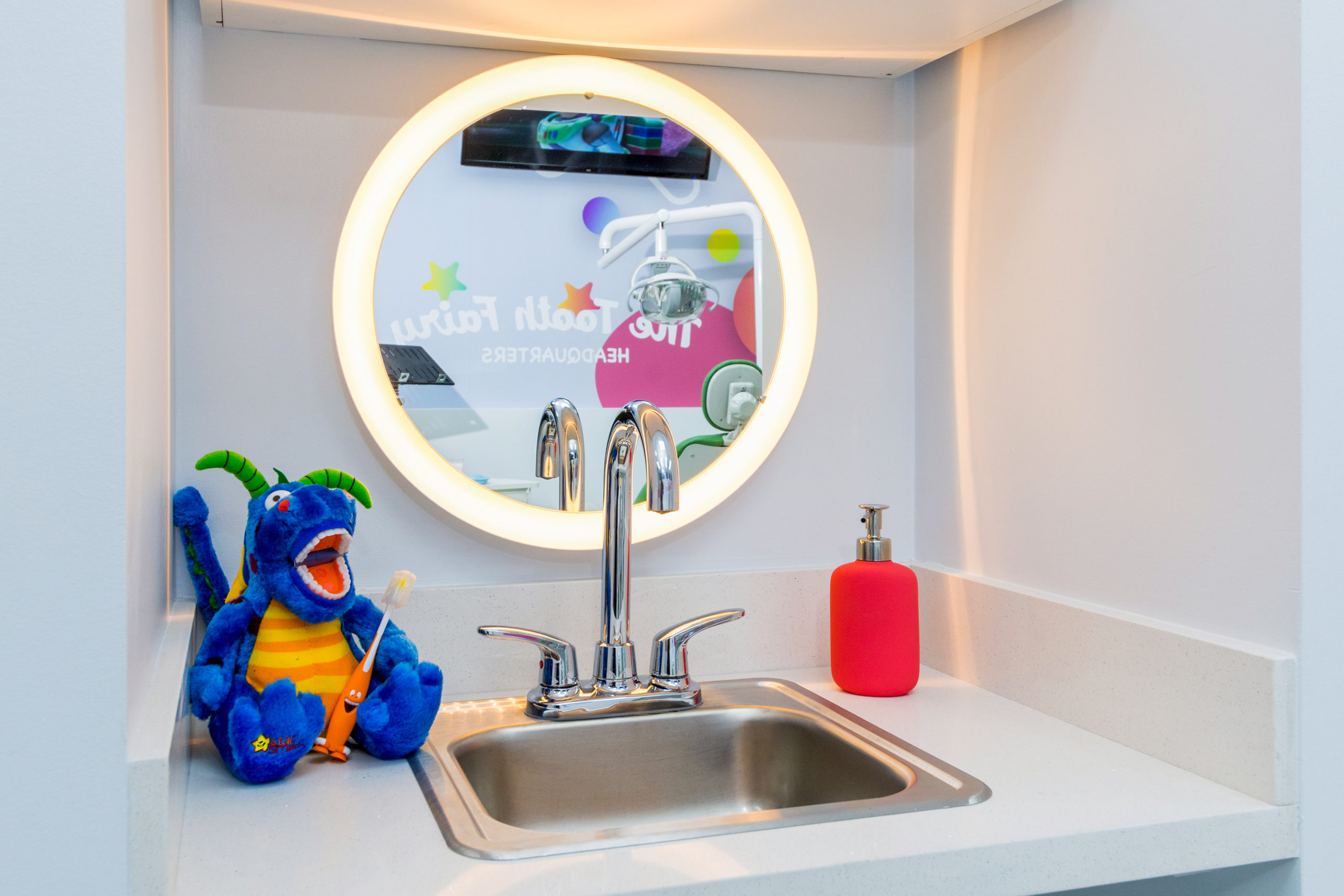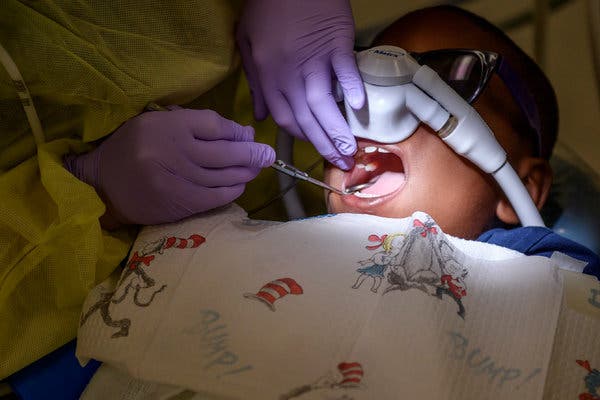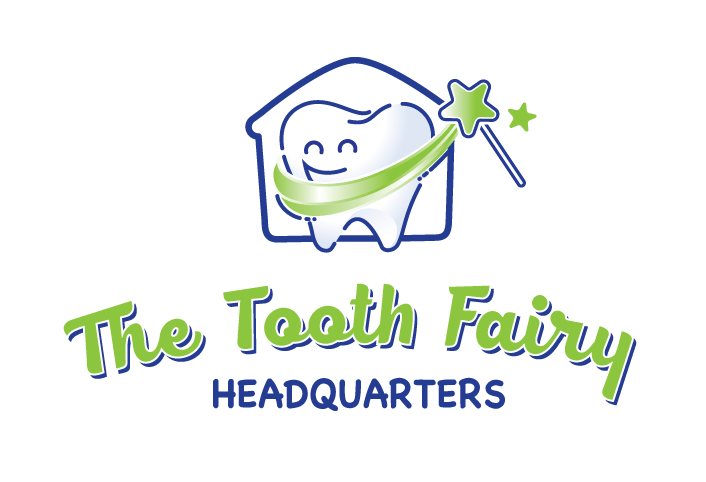Cosmetic and Restorative Care
Based on the extent of the dental decay we recommend treatment options for your child that is esthetic and functional.
Our practice only offers the metal-free white fillings which do not contain any mercury. These are best suited for small cavities and are the most aesthetic options for kids.

Treatments
Root Canal Treatments
If your child’s primary tooth has extensive decay or has been damaged by trauma, action may be needed to restore the integrity of the tooth and prevent infection from spreading to surrounding teeth. After a set of X-rays are taken, our dentist will be able to assess the extent of the infection and recommend one of two options, a pulpotomy or a pulpectomy.
Pulpotomy
If the decay or trauma is confined to the crown of the tooth, a pulpotomy may be recommended. When a cavity gets really deep, close to the pulp of a tooth, or even into the pulp, the pulpal tissue becomes irritated and inflamed. A pulpotomy is when the inflamed pulp chamber, usually on a baby molar, is removed. The dentist will remove all the infected material leaving the living tooth root intact.
Pulpectomy
If the infection involves tissue in both the tooth crown and the tooth root, a pulpectomy may be the best option. In a pulpectomy, the entire pulp material is removed from both the crown and the roots. After numbing your child’s tooth, the dentist will remove the pulp and nerve tissue from the crown and from the canals of the roots.
Space maintainer
If your child’s tooth has come out too soon because of decay or an accident, it is important to maintain the space to prevent future space loss and dentalproblems when permanent teeth begin to come in. Without the use of a space maintainer, the teeth that surround the open space can shift, impeding the permanent tooth’s eruption. When that happens, the need for orthodontictreatment may become greater.
Crowns
Crowns are “cemented” onto an existing tooth and fully cover the portion of the tooth above the gum line. In effect, the crown becomes the tooth’s new outer surface.
Stainless steel dental crowns are considered a good temporary restoration to save a primary tooth until the permanent tooth can erupt and take its place. Keeping the primary tooth if at all possible is very important. A primary tooth can be restored with a stainless steel crown during one appointment. A crowned tooth must be brushed and flossed just like other teeth.
Safe Sedation
At The Tooth Fairy HQ we offer sedation dentistry for young patients who may have children with extensive treatment plans, or children who suffer from anxiety. Sedation dentistry helps some children receive dental treatment who may otherwise not have received it. There are different options for sedation dentistry that can be used to help children relax and allow the dentist to restore their mouth to a healthy state. After an initial examination, our pediatric dentist will discuss the different options available to your child.

Nitrous Oxide
Nitrous Oxide, or better known as laughing gas, is a mild form of sedation for children who visit the pediatric dentist and may be overly nervous or anxious about their scheduled treatments. Nitrous Oxide helps to ease a patient’s fears so as to help them relax during their visit, and to receive dental treatment in a comfortable and safe manner. Children sometimes report dreaming and their arms and legs may feel “tingly”. It raises the pain threshold and may even make the time appear to pass quickly. If your child is worried by the sights, sounds or sensations of dental treatment, he or she may respond more positively with the use of Nitrous Oxide.

Extractions
There are times when it is necessary to remove a tooth. Sometimes, a baby tooth has misshapen or long roots that prevent it from falling out as it should, and the tooth must be removed to make way for the permanent tooth to erupt. Other times, a tooth may have so much decay that it puts the surrounding teeth and jaw at risk. Infection, orthodontic correction, or problems with a wisdom tooth can also require removal of a tooth.
If it is determined that your child’s tooth needs to be removed, our pediatric dentist may extract the tooth during a regular checkup or may schedule another visit for this procedure.
The root of each tooth is encased within the jawbone in a “tooth socket,” and the tooth is held in that socket by a ligament. In order to extract a tooth, our dentist must expand the socket and separate the tooth from the ligament holding it in place. While this procedure is typically very quick, it is important to share with your dentist any concerns or preferences for sedation; we want to make sure your child is as comfortable as possible.

